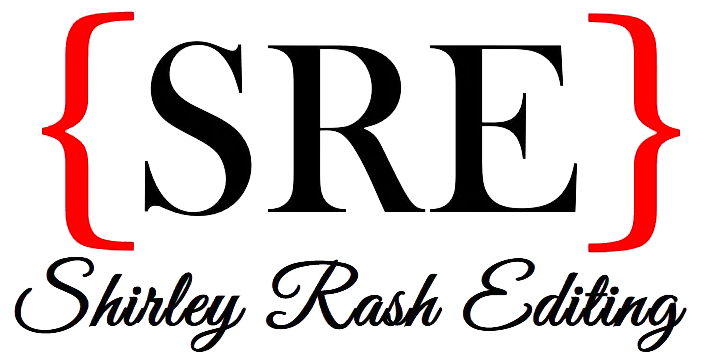In the past installations of this series, we’ve looked at how Tombstone and Wyatt Earp both offer lessons on plotting, conflict, and antagonists. This week, we’re going to use them as a vehicle for examining how important developing foils is.
A foil is any character who contrasts with another character. Most commonly it’s a protagonist contrasting with an antagonist, but that doesn’t mean all foils are ultimately opposed to each other in a story. Allies can be and are often foils to each other as well.
Discussing foils may come across as something one does in literature class but isn’t particularly applicable in the “real” world of writing, but that’s a stance I strongly disagree with. Foils help flesh out the personalities of both characters involved, and often what really makes characters distinctive is how they interact with others and how others interact with and view them. Foils provide ample opportunity for this.
Foils in Tombstone
Tombstone has a lot of sharply contrasting foils, and that’s a big part of what helps make the characters so vibrant. Each group—the Earp/Holliday faction and the Cowboys—function as foils to each other. But each main character has a foil, and there are foils within each group as well.
Groups as Foils
As far as groups go, the Earp/Holliday faction and the Cowboys are distinguished from each other by villainy. The Earps and Doc aren’t perfect, but they are definitely depicted as far less villainous than their Cowboy counterparts.
That being said, what makes the groups interesting as foils is that they both ultimately subscribe to the same principle that an attack on one is an attack on all and will receive maximum force as a response. The Gunfight at the OK Corral features multiple sets of brothers—the Earps with Doc as an honorary member of the family—and the Clantons and McClaurys, but this operating principle of mutual attack is also openly discussed by multiple characters. The wedding massacre that opens the movie is a wildly disproportionate response to two Cowboys being killed, and the Cowboys’ default reaction, for everything from Curly Bill being taken into custody to Ike Clanton and the McClaurys being insulted, is to swarm in with a larger group.
But the Earps operate under the same principle. Morgan justifies himself to Wyatt by saying that, basically, he can’t let their brother Virgil stand alone, and though that really annoys Wyatt in the moment, he ultimately agrees and joins in despite his better judgment. It takes a lot more to push Wyatt to the point of responding, but once he does, he also rounds up a group of pals to help him enact what he sees as justice. What makes the groups great foils for each other is they’re following the same basic pattern but in such different ways and with such different personalities.
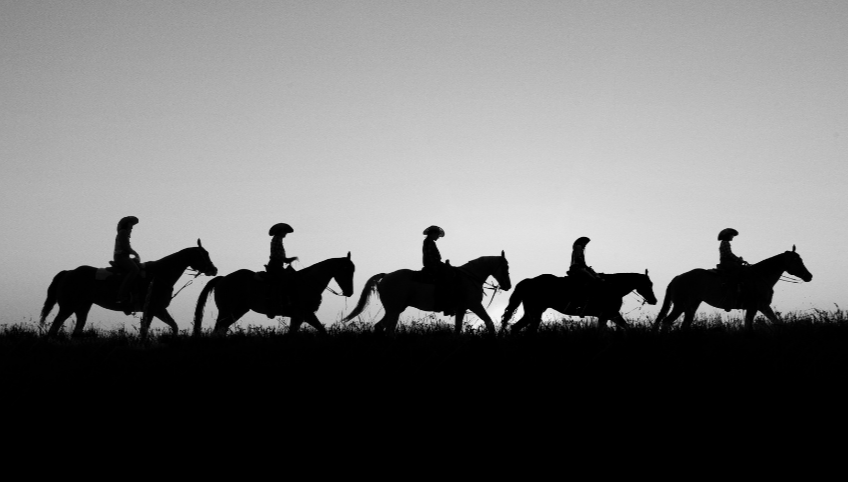
The Protagonist’s Foil
But even within these larger groups, they each have opposing foils. In Tombstone, Wyatt’s foil is Curly Bill, and Doc’s is Ringo. Wyatt is shown from the beginning of the movie to be a natural leader, but he doesn’t want it and only accepts the mantle when circumstances force it on him. He can easily take control of any situation that he wants to, but he really just wants to be left alone to spend time with his brothers and make money. It’s only when the feud gets so bad that he can do neither that he finally embraces his role as leader.
Contrast that with Curly Bill, who relishes his position as the undisputed king of the Cowboys. He’s not necessarily heavy-handed with his men, but he repeatedly puts them in his place as he sees fit and embraces his ostentatious persona and role. However, like Wyatt, he is a natural leader who also can quickly take control of a situation for his own purposes when he has a mind to do so.
Another way in which Wyatt and Curly Bill serve as foils to each other is both of them are, perhaps ironically, the cautious one in their respective groups. Wyatt is constantly advising other people to stand down and just let a tense situation blow past. He doesn’t do it out of fear but rather hard experience at what will unfold if you don’t exercise a little restraint. Thus, he advises Marshal White to not arrest a high and rambunctious Curly Bill as he shoots up the town, pleads with his brothers to not get involved in trying to tamp down on lawbreaking in town, suggests that they let the Clantons and McClaurys sober up and calm down before confronting them, and recommends to Morgan they leave town after Virgil is shot.
Watch Wyatt as the cautious one in action in this scene. I’ve already linked to this scene before, but I think it is worthwhile to explore it again and focus directly on the foils versus the conflict. You can also see him being the cautious one yet again in this much shorter scene.
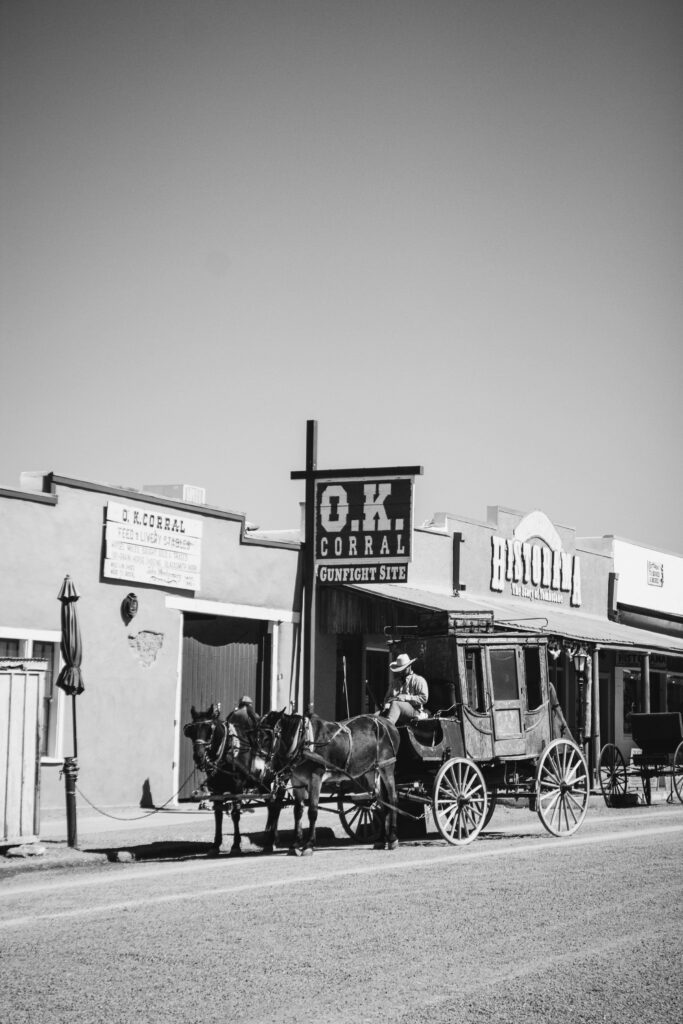
Curly Bill also is the one who curbs his fellow Cowboys, but because he’s Wyatt’s foil, it’s not for the same reason or in the same manner. As we’re shown quite pointedly in the opening scene, Curly Bill doesn’t have the slightest problem with murdering anyone, including innocent bystanders. But he’s pragmatic enough to realize when the time isn’t right to provoke a situation and prefers to bide his time. In fact, one of his more offhand humorous, colorful comments during the play—where he jokes he’d sell his soul to the devil and then betray him—is actually a pretty solid summary of his approach to conflict. He’s fine with appearing to play nicely with others when it benefits him, until it’s more to his advantage not to. That’s a strong contrast to Wyatt, who’s very upfront about why he prefers to err on the side of caution.
A particularly interesting scene to demonstrate their differences is one I’ve already mentioned in a previous post in this series. It’s when Curly Bill intervenes to stop Ringo from provoking a shooting with Doc. Curly Bill plays the peacemaker, in the same way Wyatt often does, but Curly Bill’s approach is wildly different from Wyatt’s straightforwardness. Curly Bill reassures the Earps and Holliday to their faces that Ringo is just running his mouth, but he also then privately consoles Ringo and advises caution while simultaneously goading him on further and then ranting about how ill-suited Ringo is to lead the group. It’s a very different vibe from Wyatt, but it’s an equally effective way to flesh out this particular group’s dynamic and their individual character traits. This is a fantastic use of foils to develop both characters!
Watch Curly Bill in action as the villainous voice of reason in this scene. Again, I’ve linked to this before, but I think it is worth rewatching the scene to see how it develops foils.
Doc Holliday’s Foil
Doc and Ringo also emerge as more obvious foils for each other—they’re both highly educated and dangerous—and the movie has them frequently clashing directly to bring this point out. Doc is more extroverted, but they both seem tormented and haunted by inner demons. Even the way others react to them is also pretty similar. Others tend to give them both a wide berth because Doc and Ringo make people uneasy, and there’s little question as to why. In addition to both of them being violent and unpredictable, they also both seem to enjoy the unsettling effect they have on others, and they also have no qualms about letting a tense situation blow up even more rather than trying to calm it down. They also both have a stronger bond with one other member of their group. Perhaps not too surprisingly, it’s our previously discussed set of foils. Doc is closer to Wyatt than he is any other member of the Earp family. Virgil doesn’t even like Doc, as he admits at the start of the movie. Meanwhile, Ringo can barely be bothered to talk to any of the other Cowboys besides Curly Bill. If you think in terms of foils, it’s quite appropriate that by the end of the movie, Wyatt kills his foil, Curly Bill, and Doc also kills his foil, Johnny Ringo.
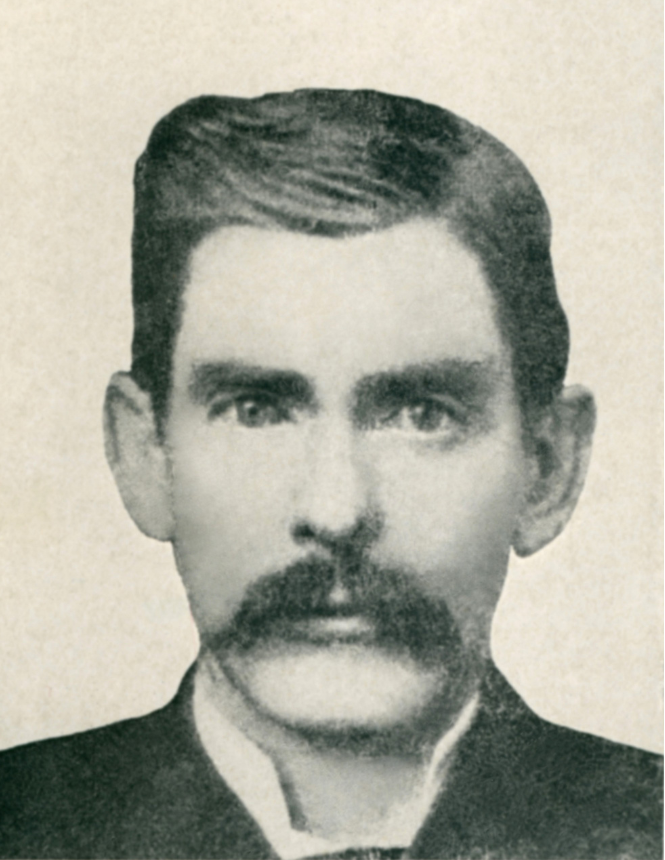
Foils Among Allies
Protagonists don’t have to be limited to antagonists for foils, and I think Tombstone particularly excels at fleshing out the respective group dynamics by developing foils within each group.
The Earp Brothers clearly love each other, but they have very different personalities. Wyatt is circumspect and stubborn. His brother Virgil is probably his equal in stubbornness, but he has a much more strident sense of right and wrong that draws him into frequent conflict with Wyatt, as we’ve already discussed. Morgan, meanwhile, is the earnest, inexperienced one and has tremendous little brother energy. He and Wyatt seem to have an easier rapport than Morgan has with Virgil, but that doesn’t preclude him from ultimately siding with Virgil on the law-and-order issue or him having his share of squabbles with Wyatt, like when he thinks his older brother is being unfairly dismissive of his interest in spiritualism. These moments all generate conflict, but also because the brothers are developed as foils to each other, there’s no chance of confusing them for each other or not understanding the basics of their personalities. Doc is also a foil to all of them in his own way. More experienced than Morgan but less uptight than Virgil and more confrontational than Wyatt, he occupies his own unique role in the group.
The Cowboys also have their own unique group dynamic that derives from the characters’ unique personalities and causes them to function as foils to each other. Curly Bill is the pragmatic leader, while Ringo is the wild card loner. Ike is very much the group idiot. Others with smaller roles still emerge with some distinguishing features, such as Barnes, whose rambunctiousness occasionally seems to annoy even his fellow Cowboys, and McMasters, the conflicted one who seems to be harboring concerns about his comrades as early as the first scene of the movie. In group scenes, you can see these complicated dynamics at play.
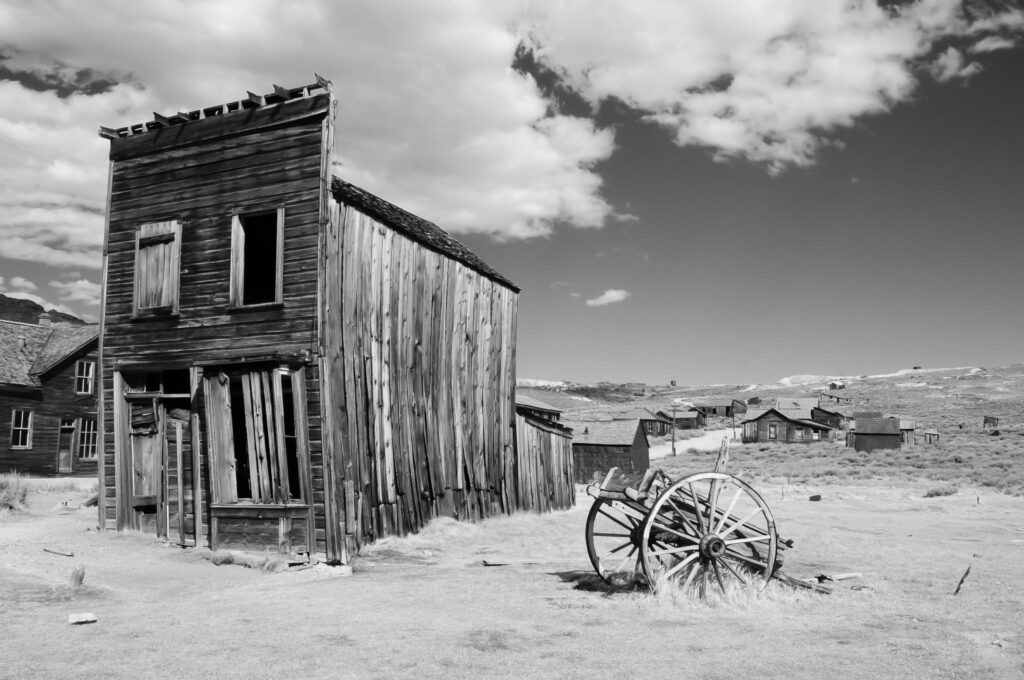
Foils in Action
And where the movie really excels is when all these different layers of foils come together in a scene. The first meeting between both groups has a lot of understated subtext that works whether or not you actually get what’s happening, and that’s in large part because of how well established the characters are as foils to each other.
You can watch the scene here.
On the surface, it’s the protagonists and antagonists taking each other’s measure in a scene that manages to be both tense and funny. What the scene doesn’t really draw your attention to and just lets unfold quietly is the fact that Wyatt totally cheats at cards in this scene. He rigs the faro game to give his foil and fellow pragmatist Curly Bill a $500 payout as a peace offering.
And every single character’s response helps further establish their own personalities and foil relationships. Curly Bill immediately realizes what is happening and is highly amused and seems content enough to accept the unspoken truce that retired lawman Wyatt is offering him. Game recognizes game. Or maybe foil recognizes foil.
Morgan also immediately gets it and starts counting out the winnings before Wyatt even draws the cards, suggesting this isn’t the first time either of them have done this. Doc and Ringo both also realize what is happening but don’t care because they have no vested interest in keeping the peace and also recognize each other as an instant adversary. Like I said, game recognizes game, and foil recognizes foil. So, of course, they start goading each other, first into a linguistic battle and then a display of gunfighter prowess, much to everyone’s discomfort and then amusement.
And Ike, well, poor Ike is too dumb to realize what is going on, so he continues threatening Wyatt, completely oblivious to the complicated character interplay unfolding in this scene or the fact that Wyatt is extending a proverbial olive branch to them in this moment. (Though to be fair to Ike, I watched this movie dozens of times myself before I realized Wyatt was intentionally cheating at cards here to let Curly Bill win.)
The effective use of foils in Tombstone helps drive the action forward but also really helps flesh out the characters, even in fairly short scenes.
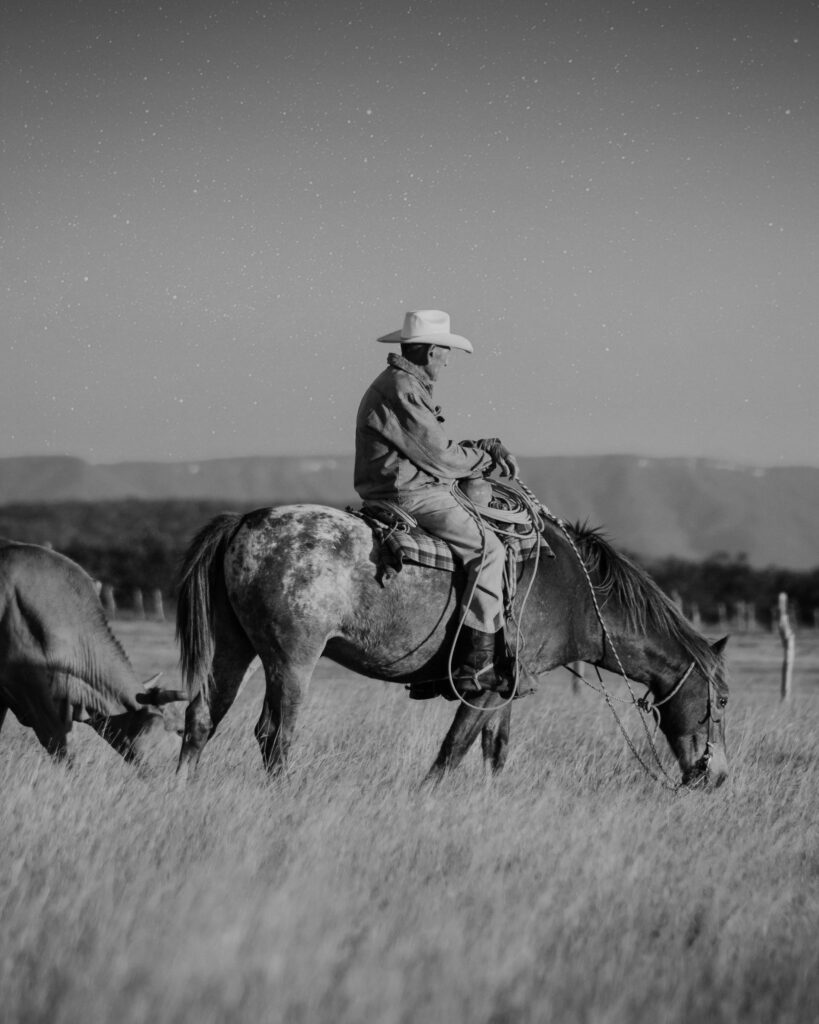
Foils in Wyatt Earp
In my opinion, part of what makes the Arizona action in Wyatt Earp ineffective is the movie doesn’t really use foils. They can’t because the antagonists aren’t really developed enough to serve as a foil to Wyatt, let alone anyone else in the movie. As noted earlier, the only villain there with a distinctive personality is the smarmy sheriff Johnny Behan. And guess what? Because he’s developed a little more, he actually is the closest thing to a foil in the movie for this subplot. It just doesn’t land quite the same because he’s never framed as the primary threat or even a credibly serious one. Likewise, it’s hard to really connect to the family dynamic in the movie because most of Wyatt’s brothers are fairly indistinguishable. Virgil and Morgan are both attacked, as they are in Tombstone and were in real life, but neither get a whole lot to do in the movie, which limits the impact of that plotline.
I’ve ragged quite a bit on Wyatt Earp so far; however, I am going to change pace a little. The Arizona scenes are ineffective, in my opinion, but that doesn’t mean the whole movie is. I personally think the first half of the movie works better, and not too surprisingly, that’s also because it features a better usage of foils.
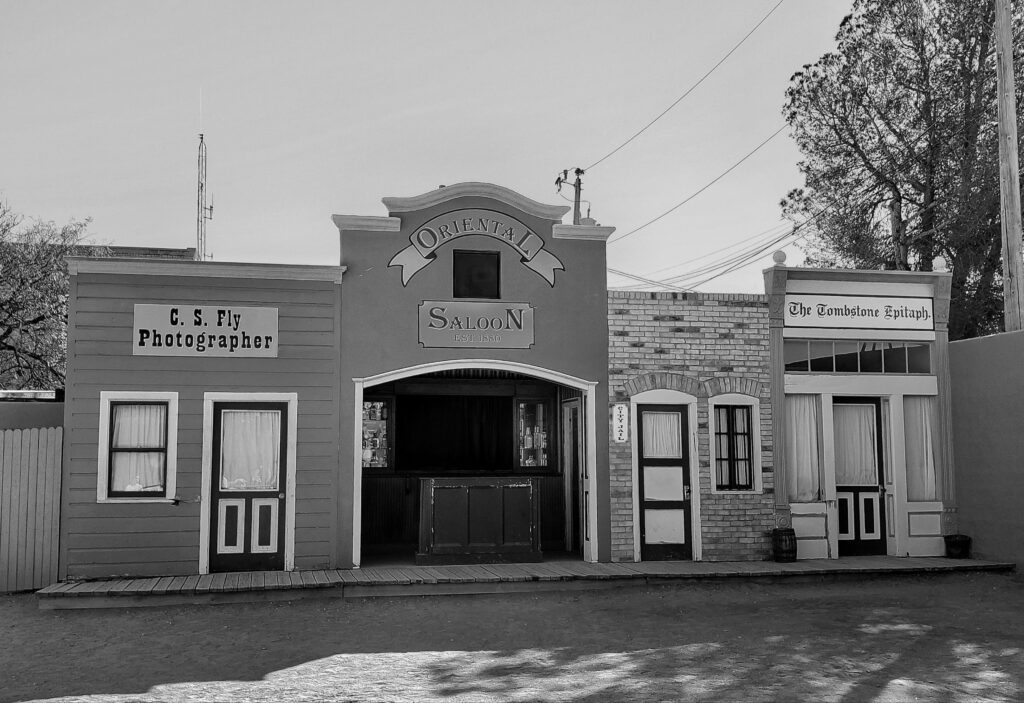
The more vibrant conflicts in the movie stem from Wyatt’s interactions with his father, his one-time friend and coworker Ed Masterson, his brother James, and his buddy Doc. And in each case, that’s because they’re given more scenes to flesh out their personality and they have some distinctive characteristics that contrast with Wyatt. None of these are villain antagonists to Wyatt, but they receive more character development than any of the actual villains receive, and it benefits them a lot. (It also adds that essential element of conflict!)
The movie depicts Earp patriarch Nicholas as stern but paternal (though the real Nicholas was much less pleasant apparently). When it comes to being a dynamic character, it doesn’t hurt he’s played by Gene Hackman, but we see Wyatt clashing with his father early on due to his desire to run away and join the Army. We also see his father’s emphasis on the importance of family and his early attempts to direct his son’s life. Nicholas only gets about as much screentime as Urilla, Wyatt’s ill-fated first wife, but he makes more of an impression because he’s given more to do and demonstrates more personality. He also serves as a foil to his son, who’s as headstrong as he is but far more impulsive.
Likewise, Wyatt’s terseness contrasts markedly with his friendly coworker Ed. It creates conflict with them as they both work the rough streets of Dodge City and ultimately serves as foreshadowing that Ed is tragically much less suited for this work than Wyatt, but the scenes that highlight how different their approaches are end up being some of the better ones for demonstrating Wyatt’s gruff but pragmatic personality. They’re far more effective than Wyatt being gruff and pragmatic alongside a bunch of other gruff and pragmatic people, which tends to be the vibe of the latter half of the movie.
Wyatt’s tense scenes with his brother James, in a similar vein, also are more vibrant because he and James are allowed to clash. James is more laidback and seems disinterested in many of his little brother’s opinions. Wyatt gets along better with Doc, but the latter’s willful belligerence also helps set him apart from Wyatt’s matter-of-factness.
In all these cases, the use of foils actually does create the potential for a stronger plot and more character development, but it’s not a dynamic that is sustained once the movie switches its focus to the feud with the Cowboys.

Applying These Lessons To Your Writing
Really think about the roles your characters occupy within the story. How does your main character interact with others and how do other characters interact with your protagonist? Do you have any foils already in the story? Do you have any other characters that could be developed into foils? If you don’t know, that’s okay because I can help! Analyzing characterization is part of what I do in both developmental edits and manuscript critiques.
This is my final post in the series. I hope you enjoyed reading them as much as I enjoyed writing them. But even more so, I hope they provided a helpful, accessible way to look at how important narrative structure, conflict, and characterization are to storytelling.
You can analyze any story you encounter—whether it’s a book, a movie, or a TV show—along the same lines. Try it out! Recognizing effective and ineffective storytelling techniques in other works is a great way to sharpen your own narrative-building and characterization skills.
Tombstone Versus Wyatt Earp series
